|

|
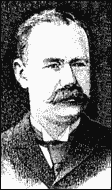 Herman Hollerith Herman Hollerith
Herman Hollerith invented a punch-card tabulation machine system for
statistical computation. The first
practical use of punched cards for data processing
is credited to the American inventor Herman
Hollerith, who decided to use Jacquard's
punched cards to represent the data gathered for the American census
of 1890, and to read and collate this data using an automatic machine.
|
|

|
Herman Hollerith wanted to speed up the work involved in taking
government census. In 1890, 50 years after Charles Babbage's death,
Hollerith invented a machine called the Tabulating Machine. He used
notes left by Babbage.
|
|

|
The United States Government takes a census of everyone who lives in
the United States every 10 years. Before the invention of the
Tabulating Machine it took up to eight years to add up all the
information about where people lived, their ages, and what their jobs
were.
|
|

|
The Tabulating Machine used punched cards to record and sort data or
information. About 65 cards could be passed through this computer in a
minute, and in 1890 it took only 2.5 years to complete the U.S. Census.
|
Hollerith's punch cards and tabulating machines were a step toward
automated computation. His device could automatically read information
which had been punched onto card.
|
|
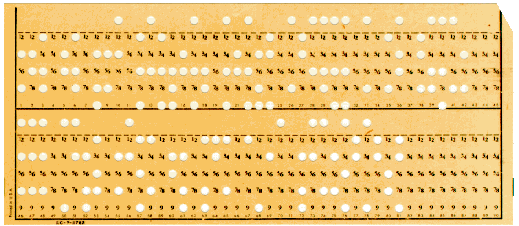
punch card
|
|

|
Hollerith invented other things too. He began a company called
Computing-Tabulating-Recording Company. He changed the company name to
International Business Machines (IBM) which is the largest computer
company in the world.
|
|

|

 Assignments: Assignments:
|
 
|
|
|
On this web site are predictions made in 1900, 101 years ago.
|
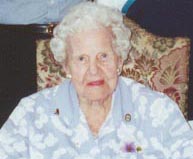 My Grandma
was born on May 26, 1900 and she is 101 years old. She has seen all
these predictions come true. My Grandma
was born on May 26, 1900 and she is 101 years old. She has seen all
these predictions come true.
Read the predictions.
Using Appleworks 6: Word Processor discuss what the predictions
were being describe and which ones have come true.
What predictions would you make about what the future will bring?
List your ideas, also.
Save
your work in your student work folder. Title
your work: YourLastName_answers_future
|
|

|
| "Who controls the past commands the future. Who
commands the future conquers the past."
-George Orwell |
|
|
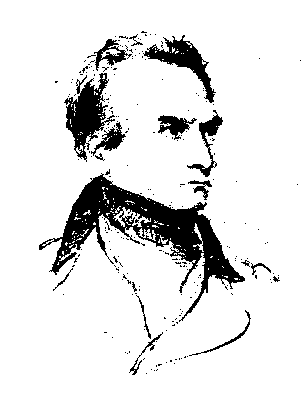
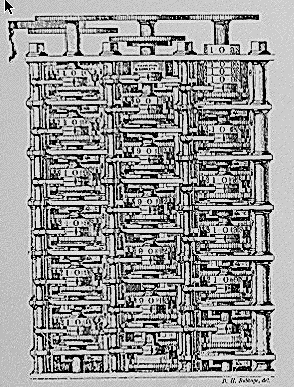




 Web Sites
Web Sites